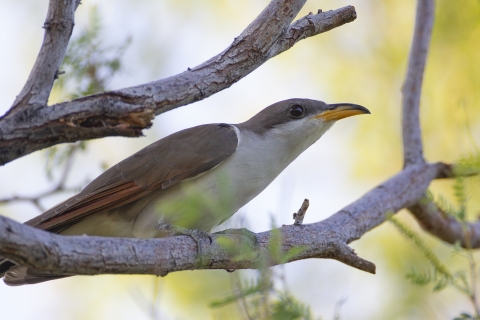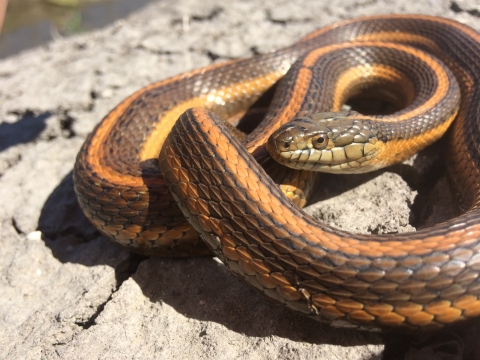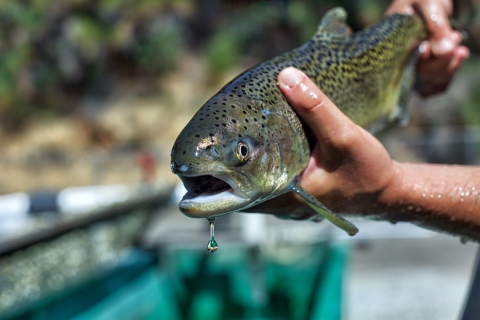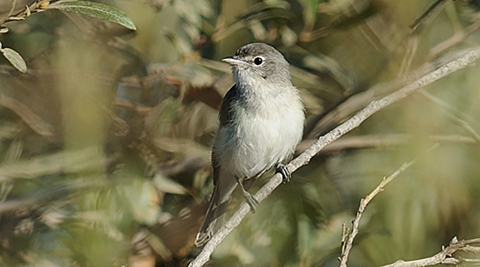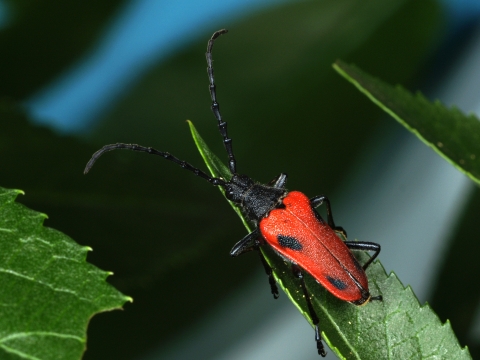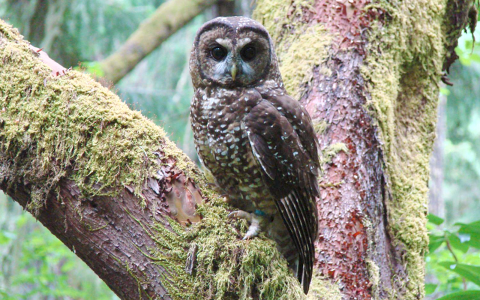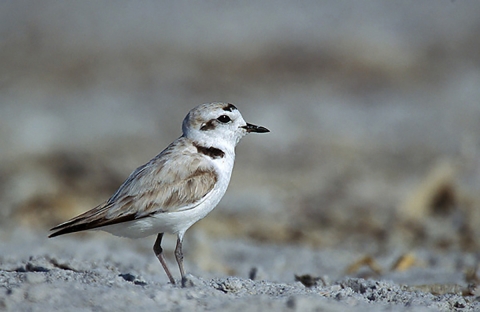The Endangered Species Act turns 50 this year! The ESA enables the U.S. Fish and Wildlife Service to protect and conserve plant and animal species and their habitats across the United States.
The Endangered Species Act of 1973 is the most significant piece of endangered species legislation and is considered one of the world’s most important conservation laws. When Congress passed the Endangered Species Act in 1973, it recognized that our rich natural heritage is of “esthetic, ecological, educational, recreational, and scientific value to our Nation and its people.” It further expressed concern that many of our nation’s native plants and animals were in danger of becoming extinct. The ESA provides the protection of ecosystems, the conservation of endangered and threatened species, and the enforcement of all treaties related to wildlife preservation. Currently, the ESA protects 1,662 U.S. species and 638 foreign species. The ESA has been highly effective and credited with saving 99 percent of listed species from extinction.
The Sacramento Fish and Wildlife Office works with partners throughout California to recover species that have been listed as endangered or threatened under the ESA through habitat conservation and restoration, captive breeding and release efforts, and working government agencies and private landowners to reduce impacts on important habitats. Let's take a tour of the Sacramento Fish and Wildlife Office's jurisdiction and some of the listed species that live here.


